Overview
Map
Other Details
كنيسة سيّدة بشوات العجائبيّة
Bechouat
Baalbek
Baalbek-Hermel
كنيسة سيّدة بشوات العجائبيّة - بشواتالكنيسة الحاليّة مبنيّة في موضعٍ رومانيّ، بُني مكانه كنيسةً يعقوبيّة في القرون الوسطى. سنة ١٧٤١ إكتُشِفَت في الموقع أيقونةً للعذراء مريم. بُنيت في الموقع الكنيسة الحاليّة بشكل عقدٍ سريريّ وحنية نصف دائريّة. سنة ١٩٠٤ جلب الرهبان اليسوعيّون تمثالاً لعذراء بونتمان الفرنسيّة مازال بقلب الكنيسة. تشتهر هذه الكنيسة بحدوث العديد من المعجزات والكرامات بشفاعة العذراء مريم، وهي محجّ مريميّ كبير.The miraculous church of our Lady of Bechouat - BechouatThe first church was built on a roman site, it was a medieval Jacobite church. In 1741 a marian icon was discovered in this site. The current church was built on the site, consisting of a single crib vault and a semi circular apse. In 1904 the jesuits on a mission in the region brought to the village a replica of the French marian statue of Pontmain that is still enshrined in the church. The church is famous for being a pilgrimage site with many miracles attributed to the intercession of the Blessed Virgin.
Visited 2621 times, 8 Visits today




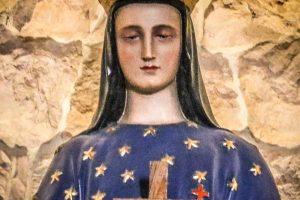
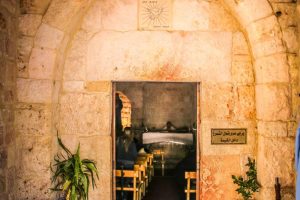
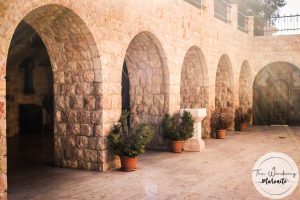


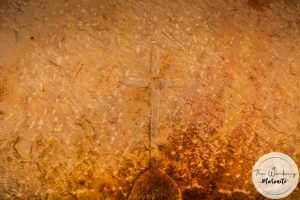
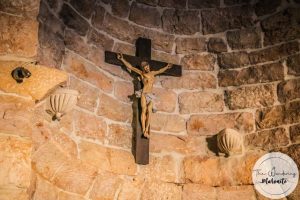
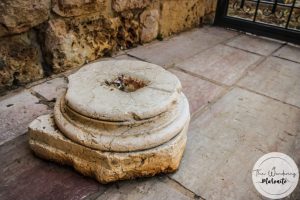
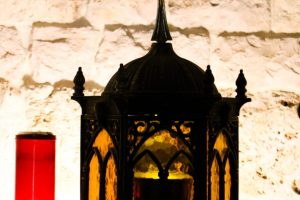













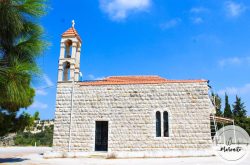
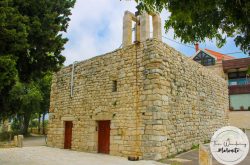
Reviews are disabled, but trackbacks and pingbacks are open.